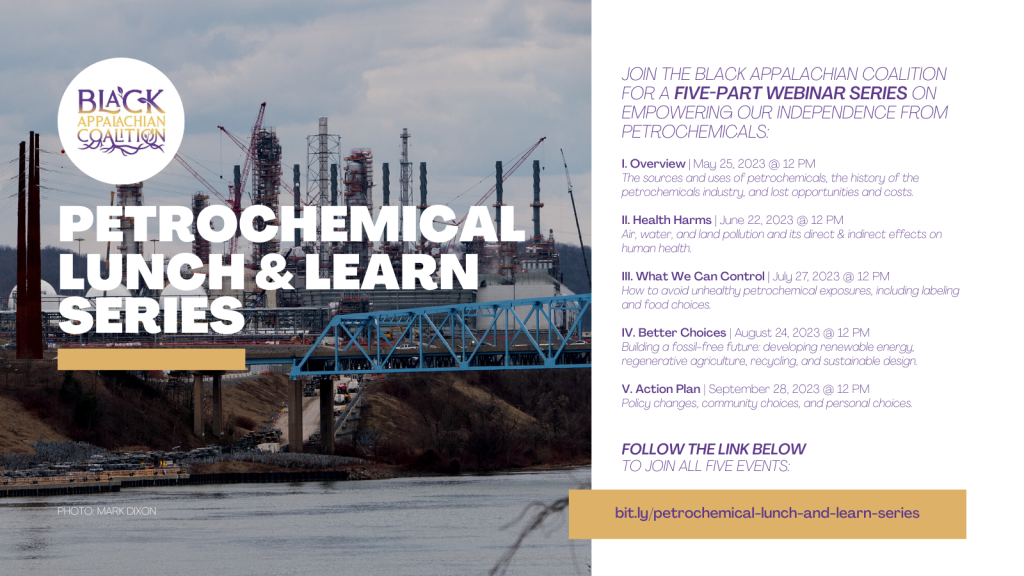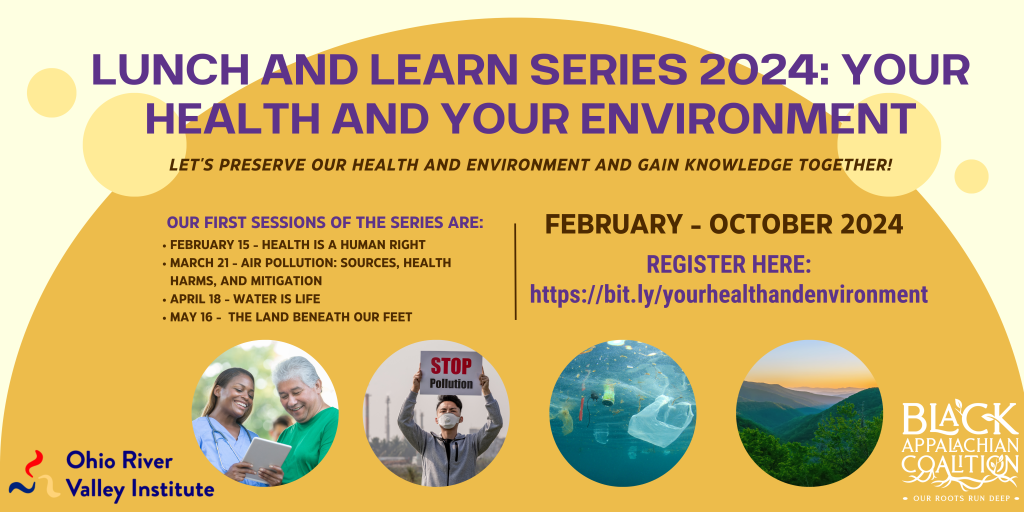Earth Day 2024 – A reflection from Earth Day in 1970
by Patricia DeMarco
This Earth Day 2024 places a spotlight on plastic – a man-made counterpoint to the wonders of the natural world. Plastic brought apparent convenience and inexpensive goods to America, but the consequences resonate for hundreds of years in global pollution from often toxic synthetic materials. The shared sense that the living world has intrinsic value critical to the health of all interconnected living beings gave common ground in the first Earth Day in 1970, but has been eroded and even derided today.
If people are to thrive together on a finite planet, we must adjust our consumption patterns to be more sustainable. We must restore the central value of preserving the health of the environment- air, water and land that support all of the ecosystem services we depend on. Manufacturers accountability legislation has been introduced in the Senate by Senator Jeff Merkley as The Break Free From Plastic Pollution Act of 2021. We can start by passing this important initiative .
For more information and a fuller argument for Breaking Free From Plastic in our lives, download the full paper:

Topics included in the full paper:
Earth Day 1970- a Retrospective
Earth Day 2024 Parallels and Contrasts
There is no longer a national bipartisan consensus for the value of environmental and climate policy.
Three Existential Crises: Global warming, global biodiversity loss; global pollution
Global Pollution- Plastic Everywhere!
System Solutions:
- Accelerate the transformation to a renewable energy resource system.
- Regenerative agriculture and restorative land use
- Circular Materials management from non-fossil feedstocks
Call to Action: Sustainability as a Goal
First, manufacturers must be held accountable: Break Free From Plastic Pollution Act of 2021
Second, Test for health effects before commercial production.
Third, educate chemists, engineers and industrial manufacturers about living systems.
Finally, be an active citizen. We can all act as empowered consumers. Americans discard 33.6 million tons of plastic a year average of 286 pounds of waste per person per year. Use your consumer power more wisely:
- Refuse-single-use items
- Reduce– Buy in bulk, substitute recyclable and non-toxic materials for non-recyclable
- Reuse– select refillable products; buy recycled materials-replace single-use items with reusable items-exchange toys, clothing, household décor
- Recycle– know the rules in your area and separate clean items
- Rot– compost food waste and organic material
Use your voice as an engaged citizen. Advocate for policies that will address these issues directly in your community, in your state legislature and with your Congressional Senators and Representatives. Your vote is your voice, and you have a responsibility as a citizen to hold the people who purport to represent you to account. Apathy is our enemy.
On this Earth Day 2024, I savor the beauty of the world around me now, and I pray again in my old age for the surge of care and concern for the Living Earth and for our future that will override partisan politics and corporate greed.




